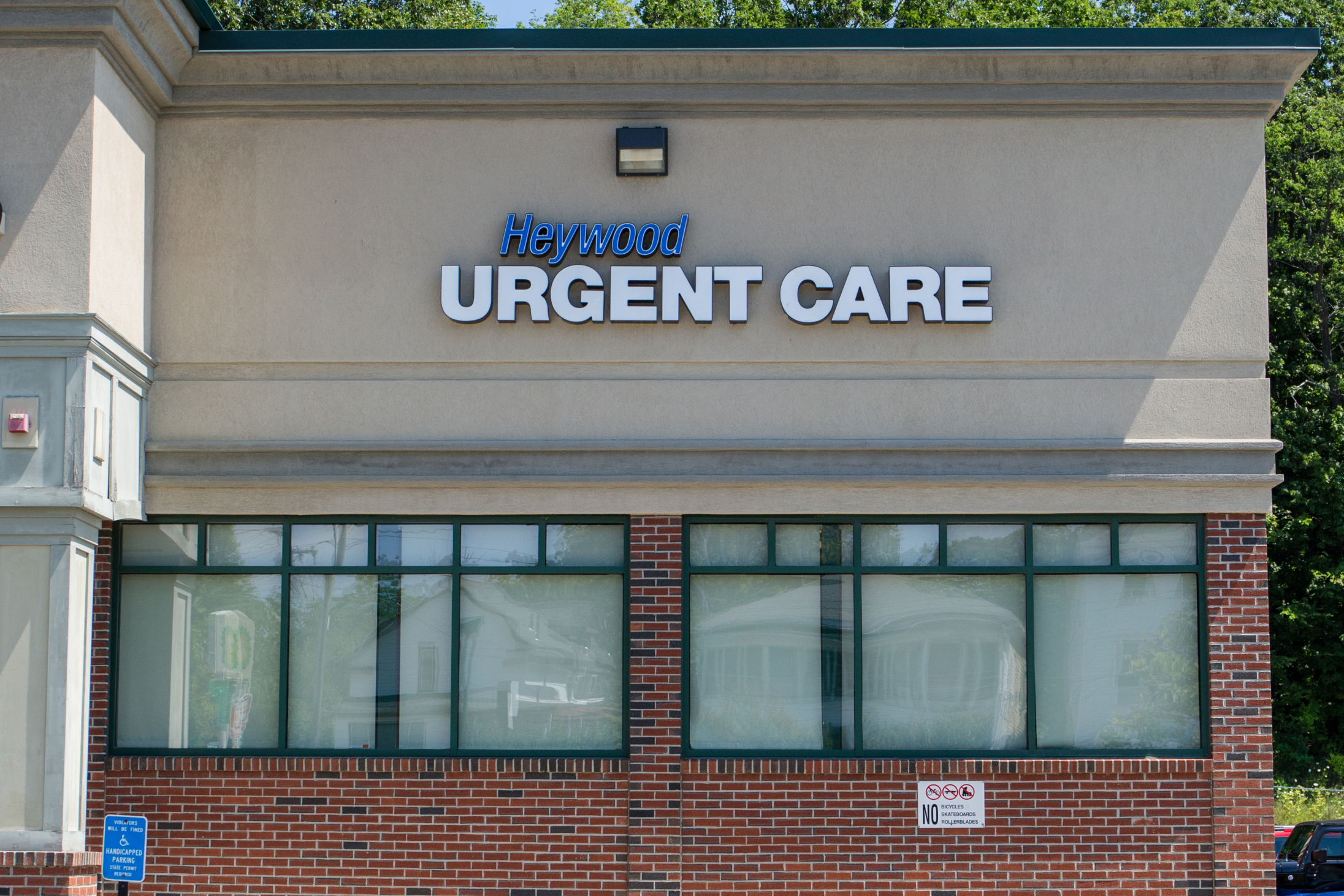Recognizing the Function of Urgent Treatment in Giving Timely Treatment for Non-Life-Threatening Conditions
Immediate treatment facilities have actually become an essential element of the health care landscape, attending to the instant requirements of clients with non-life-threatening conditions. By offering prompt and obtainable medical services, these facilities properly link the space between health care and emergency departments. However, the effects of their function prolong beyond plain comfort, triggering a closer examination of when and just how these facilities are used. Understanding the nuances of immediate treatment can significantly influence individual results and the overall performance of health care shipment. What factors add to their expanding significance in modern medication?
What Is Urgent Care?
Immediate treatment describes a category of clinical solutions made to deal with non-life-threatening problems that call for immediate attention. These facilities function as an intermediary in between medical care doctors and emergency situation rooms, using a hassle-free option for clients who need timely care without the considerable waiting times usually linked with emergency situation departments.
Urgent care centers are normally staffed by clinical professionals, including doctors, registered nurse experts, and physician assistants, who are trained to identify and treat a large variety of problems. Usual solutions given by these facilities consist of therapy for small injuries, health problems, and infections, along with analysis examinations such as X-rays and research laboratory job.
Furthermore, immediate care centers usually accept walk-in individuals, eliminating the requirement for consultations. In general, immediate care plays a crucial duty in the healthcare system, making certain clients can access essential medical solutions promptly and effectively.

Numerous individuals might locate themselves unclear regarding when to seek treatment at an immediate care center rather than a medical care medical professional or an emergency situation space. Immediate care is designed to deal with non-life-threatening problems that require punctual attention yet are not serious adequate to warrant an emergency clinic see.
Generally, one need to think about immediate treatment for problems such as minor cracks, strains, cuts requiring stitches, or infections like urinary system system infections. Additionally, chilly or influenza symptoms, rashes, and sensitive responses can also be properly handled in this setup.
It is important to note that immediate treatment is not ideal for dangerous emergency situations, such as upper body pain, difficulty breathing, or serious blood loss, which demand prompt emergency situation room intervention.
Individuals that do not have accessibility to a key treatment physician or can not secure a timely appointment may also gain from urgent care services. Ultimately, comprehending when to use immediate care can cause a lot more reliable medical care distribution, permitting people to obtain the proper degree of care based on their particular health and wellness requirements.
Benefits of Urgent Care Centers
Choosing immediate treatment facilities for non-life-threatening conditions provides several advantages that enhance person experience and accessibility. One primary advantage is the minimized delay times compared to conventional emergency clinic. Immediate care facilities usually operate on a first-come, first-served basis, allowing patients to obtain prompt medical attention without the long hold-ups usually related to hospital setups.
In addition, immediate care facilities provide extensive hours, consisting of weekends and nights, fitting patients with varying routines. This adaptability guarantees that individuals can seek treatment when it is most hassle-free for them, additionally promoting timely intervention.

Moreover, these centers commonly supply a detailed variety of services, including minor procedures and analysis examinations, all under one roofing. This loan consolidation of solutions not only enhances the client experience yet additionally cultivates an extra natural strategy to managing non-life-threatening health problems, inevitably profiting total client end results.
Usual Conditions Treated
At immediate care facilities, a variety of non-life-threatening conditions can be properly treated, supplying patients with easily accessible and prompt clinical support. These centers are particularly proficient at resolving issues that need punctual attention however do not present an immediate danger to life or arm or leg.
Usual conditions treated at immediate treatment centers consist of minor injuries such as sprains, strains, and fractures. In addition, they take care of ailments like colds, flu, and infections, including urinary system tract infections and sinus problems. Skin problem, varying from rashes to insect attacks, are also often attended to. Urgent treatment centers are outfitted to execute essential analysis examinations, such as X-rays and research laboratory examinations, allowing them to offer comprehensive treatment.
Moreover, urgent treatment carriers can administer vaccinations, aiding to avoid the spread of transmittable illness - Urgent Care. They additionally supply solutions for small treatments, such as suturing wounds or draining pipes abscesses. By using these varied solutions, immediate care centers play an important function in connecting the space between health care and emergency situation solutions, ensuring clients receive prompt therapy for a wide variety of problems without the need for lengthy wait times generally connected with emergency situation spaces
Just How Urgent Treatment Sustains Healthcare System
Urgent care facilities play a crucial function in supporting the overall health care system by visit this web-site alleviating the worry on emergency situation departments and providing timely accessibility to healthcare for non-life-threatening conditions. By taking care of instances such as small injuries, infections, and diseases, immediate treatment facilities allow emergency situation departments to concentrate on more important patients needing prompt interest.
Furthermore, urgent care facilities enhance health care access, providing prolonged hours and an easier option to typical medical care settings. This availability is specifically advantageous for clients that might not have a normal physician or that need instant therapy beyond regular office hours. Therefore, urgent care centers efficiently minimize enhance and wait times person satisfaction.
Additionally, urgent care facilities add to cost financial savings for both patients and the healthcare system by providing lower-cost services contrasted to emergency situation divisions. This economic effectiveness is crucial in an age of increasing health care expenses, allowing patients to receive necessary care without incurring excessively high expenses.
Verdict
Finally, immediate treatment facilities play a vital role in the health care system by supplying punctual therapy for non-life-threatening problems. By connecting the space in between health care and emergency clinic, these facilities guarantee that clients receive prompt clinical interest without the prolonged wait times normally connected with emergency departments. The availability and effectiveness of urgent treatment centers contribute considerably to alleviating the overall worry on medical care resources, enhancing person results, and promoting a much more effective medical care distribution system.
Immediate treatment facilities have actually emerged as an essential component of the health care landscape, resolving the instant demands of individuals with non-life-threatening conditions. Urgent treatment gos to generally sustain reduced out-of-pocket expenses compared to emergency situation department visits, making care extra budget-friendly for patients without jeopardizing top quality. Urgent care facilities are equipped to do necessary diagnostic examinations, such as X-rays and research laboratory tests, enabling them to give extensive treatment.
By providing these diverse services, immediate treatment facilities play a vital function in linking the void between primary care and emergency situation solutions, ensuring individuals obtain prompt treatment for a broad variety Go Here of problems without the need for long delay times typically connected with emergency situation areas.
Moreover, urgent care facilities boost medical care accessibility, using extensive hours and an extra convenient option to standard key treatment settings.